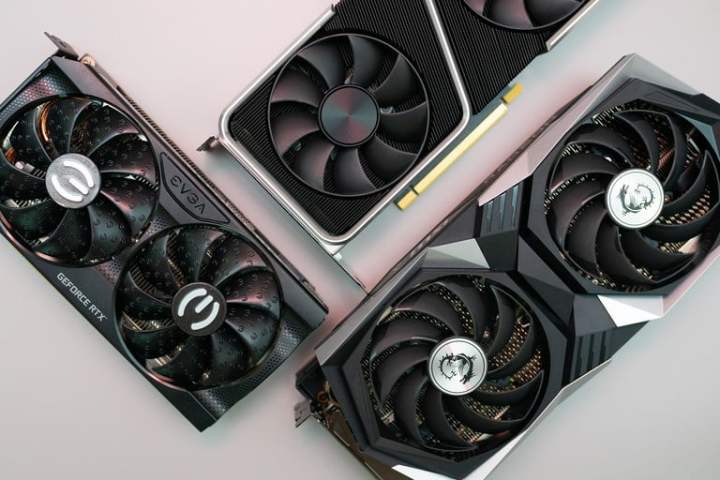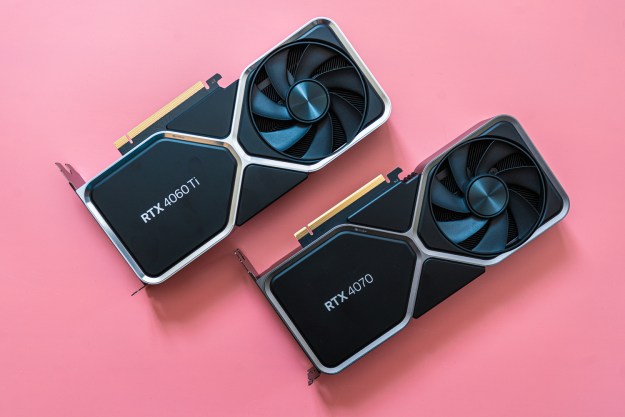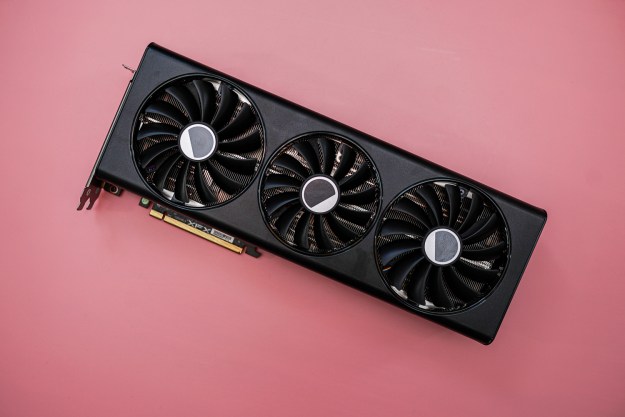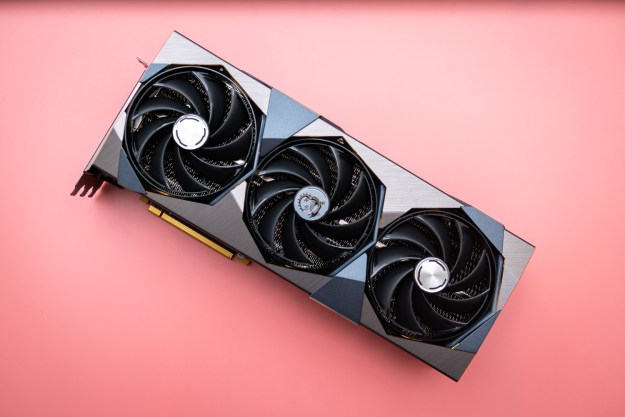The GPU shortage and the inflated prices for graphics cards had no impact on the industry’s shipment volume during 2021. In fact, the amount of boards shipped last year actually increased by a considerable amount compared to 2020.
As reported by Tom’s Hardware and GraphicSpeak, unit shipments for add-in boards (AIBs) in 2021 reached the 50 million mark. Comparatively, 42 million units were shipped in 2020, which is when various aspects such as the pandemic, supply chain bottlenecks, and logistical issues all contributed to a GPU shortage.

Supply and demand
Overall, year-to-year AIB shipments grew by 29.5% compared to 2020. As a result, the add-in board market generated $51.8 billion in sales last year, according to analyst firm Jon Peddie Research. The latter figure was undoubtedly influenced by a state of affairs where skyrocketing prices for boards became the norm.
Meanwhile, quarter-to-quarter GPU AIB shipments increased by 3.0%. At face value, that may seem to be an insignificant level of growth. However, that figure is significantly above the 10-year average of -2.8%.
Taking a closer look at the statistics for the fourth quarter of 2021 reveals that 13.1 million units were shipped inside that three-month time span (October 1 to December 31).
AMD’s shipment volume during the aforementioned period grew by 35.7% compared to the same quarter in 2020. Team Red’s main competitor, Nvidia, lagged behind slightly with a 27.7% increase in shipments in the quarter. That said, last year, Team Green maintained its position as the market leader with a lion’s share of the industry — a massive 77.2%.
The report adds that due to the emergence of PC gaming as a force to be reckoned with within the video game industry, both Nvidia and AMD have achieved record revenue in recent quarters.
To this end, revenue for Nvidia soared by 61 percent to a record $12.46 billion within the fourth quarter. AMD recorded earnings of $4.8 billion in the same quarter, which is nearly double the amount it earned for that period in 2020.

Crypto and scalpers
Of course, there’s more to the story here. The popularity of PC gaming wasn’t exclusively behind the 29.5% year-over-year increase for GPU shipments.
Considering the fact that products were priced well over their MSRPs and the lack of stock across the board for the most popular graphics cards, you may be wondering how GPU shipments actually increased during 2021 — especially when, as Tom’s Hardware notes, the average cost of a GPU was more than $1,000.
The short answer? Supply and demand combined with the previously booming cryptocurrency space, as well as scalpers.
Graphics cards have the ability to mine crypto, and thus generate substantial profits for miners. Therefore, crypto enthusiasts would go head to head against scalpers who were looking to secure a GPU themselves as well in order to sell it well above market price.
This state of affairs resulted in extremely expensive video cards and worldwide shortages.
Naturally, from a financial point of view, Nvidia and AMD were reaping the rewards from the situation, as evidenced by their record revenue figures. Similarly, board partners for these two GPU companies were seeing unprecedented demand for their products. Asus even reportedly handed out huge bonuses due to the profits associated with crypto-mining GPUs sales.
Still, the GPU industry is finally normalizing, with board partners applying large price cuts to their video cards. Graphics cards are also finally moving closer to their MSRP levels.
Moving forward, Intel has re-entered the GPU industry with its Arc Alchemist cards. Nvidia and AMD are also preparing for the battle of next-gen with their RTX 7000 range and the RTX 4000-series.
Should prices return to normal and there’s enough stock to satisfy demand, shipment volumes for 2022 should theoretically exceed 50 million. That said, don’t expect AIB shipments to match 1998 — 116 million units — anytime soon.
Editors' Recommendations
- The RTX 4090 is more popular on Steam than any AMD GPU
- AMD’s canceled GPU could have crushed Nvidia
- RTX 4090 owners are in for some bad news
- Intel may fire the first shots in the next-gen GPU war
- Nvidia RTX 50-series graphics cards: news, release date, price, and more




